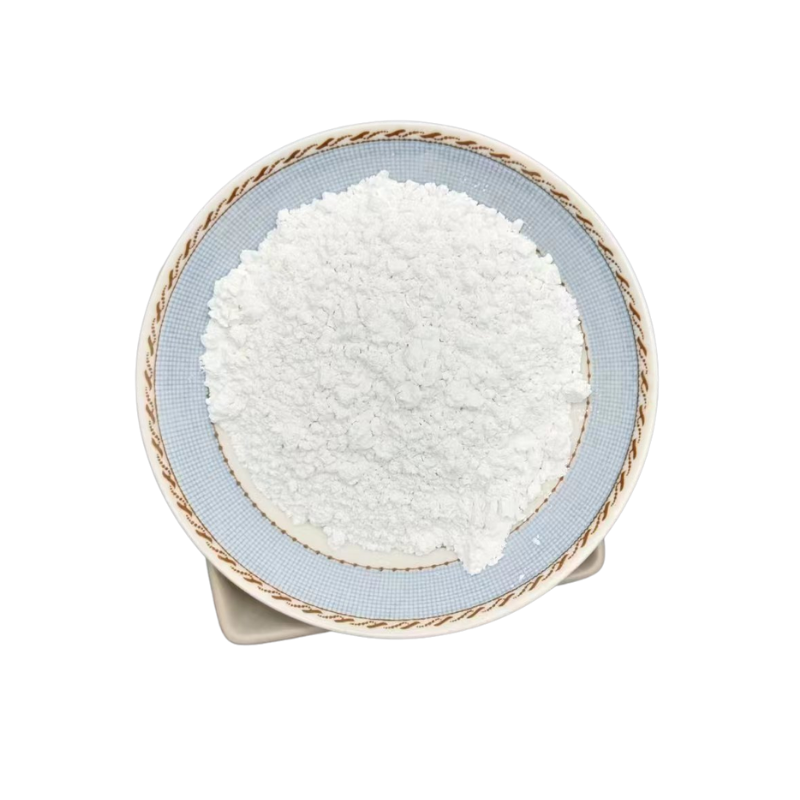
Exploring the Production and Applications of Iron Oxide Pigments in Modern Industries
Iron Oxide Pigment Factories An Overview of the Industry
Iron oxide pigments are widely recognized for their vibrant colors, durability, and environmental safety. They are primarily used in a variety of applications, including paints, coatings, plastics, construction materials, and rubber products. The global demand for these pigments has led to the establishment of numerous iron oxide pigment factories, focusing on producing high-quality pigments while adhering to environmental regulations and sustainability practices.
Production Processes
The production of iron oxide pigments typically involves two main processes the synthetic method and the natural method. The synthetic method, which is more predominant in industrial production, involves the oxidation of ferrous iron salts, using chemical techniques to yield pigments in various colors, including red, yellow, brown, and black. This method allows for more control over the purity and consistency of the pigments.
Conversely, the natural method involves the extraction of iron oxide pigments from natural ores. This process is less common today due to the variability in natural materials and potentially lower quality. However, some companies still utilize this method, particularly for specific niche markets where natural pigments are preferred.
Industry Applications
The versatility of iron oxide pigments makes them indispensable in several industries. In the construction sector, they are used to color concrete, bricks, and tiles. The pigments are also utilized in architectural coatings to provide aesthetic appeal and protect surfaces from UV degradation and weathering.
In the paints and coatings industry, iron oxide pigments are valued for their opacity, lightfastness, and resistance to fading
. They are often used in both interior and exterior applications, including industrial coatings that require durability and resistance to chemicals.Moreover, the plastics industry utilizes iron oxide pigments to enhance product appearance, improve UV resistance, and provide essential coloration. In the rubber industry, they contribute to the coloring and performance of rubber products, particularly in automotive and industrial applications.
iron oxid pigment factories

Environmental Impact and Sustainability
As awareness of environmental issues rises, iron oxide pigment factories are increasingly adopting sustainable practices. Efforts include reducing waste, recycling, and minimizing energy consumption during production. Moreover, many manufacturers focus on developing eco-friendly pigments that comply with stringent environmental regulations, such as the European Union's REACH (Registration, Evaluation, Authorization, and Restriction of Chemicals).
Some factories are investing in technologies that enhance the efficiency of their production processes, leading to a decrease in the carbon footprint associated with pigment manufacturing. Additionally, there is a growing trend towards the use of renewable resources and materials, further promoting sustainability within the industry.
Market Trends
The global iron oxide pigment market is poised for growth, driven by increasing demand in emerging economies, especially in Asia-Pacific regions. Rapid urbanization and infrastructure development in countries like India and China are expected to boost the demand for construction materials that utilize iron oxide pigments.
Furthermore, there is a trend towards innovation in pigment formulations, with manufacturers exploring nanotechnology and other advanced techniques to improve the performance and application of iron oxide pigments. This innovation is likely to lead to the production of pigments that are not only more efficient but also offer broader color ranges and better performance characteristics.
Conclusion
Iron oxide pigment factories play a crucial role in the production of one of the most versatile and widely used colorants in various industries. With a focus on sustainable practices and advanced production techniques, the industry is well-positioned to meet the growing global demand while addressing environmental concerns. As technology evolves and markets expand, the future of iron oxide pigments appears bright, solidifying their importance in modern manufacturing and production processes.
Share
-
Premium Pigment Supplier Custom Solutions & Bulk OrdersNewsMay.30,2025
-
Top China Slag Fly Ash Manufacturer OEM Factory SolutionsNewsMay.30,2025
-
Natural Lava Rock & Pumice for Landscaping Durable Volcanic SolutionsNewsMay.30,2025
-
Custom Micro Silica Fume Powder Manufacturers High-Purity SolutionsNewsMay.29,2025
-
Custom Mica Powder Pigment Manufacturers Vibrant Colors & Bulk OrdersNewsMay.29,2025
-
Custom Micro Silica Fume Powder Manufacturers Premium QualityNewsMay.29,2025






